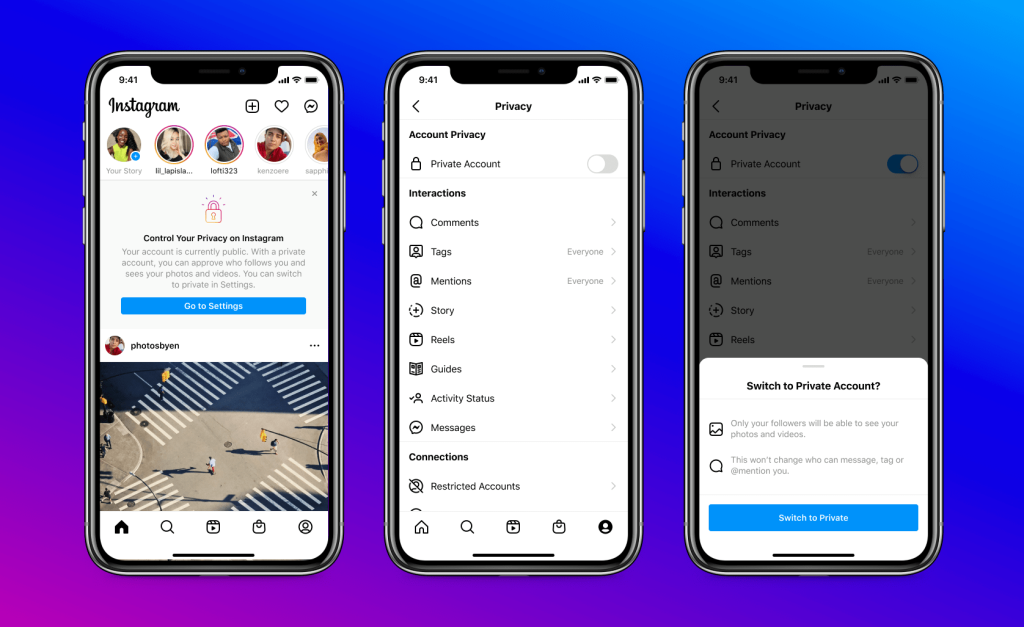
As your daughter grows, the one thing you can wish for is that she will be happy and confident wherever life takes her. Girls have had a tough time growing up in this age. There are so many beauty standards and expectations. The celebrity culture and social media may pose as if they’re advocating for girls to follow their dreams, but they portray the opposite in reality.
Historically, the culture expected women to stay at home, clean the house and care for their children. If they tried to pursue anything beyond that, they were often looked down upon or reprimanded. While this has changed over the years, your daughters may still have difficulty imagining being anything other than that.
You want to do everything in your power to support and encourage your daughters. Helping her build and grow in confidence to develop her future is one of the best things you can do as a parent. With these tips, you can learn how to encourage our daughters to follow their dreams.
Follow Your Dreams Yourself
Your children look up to you and follow your actions. The things they learn are often a reflection of your attitudes and behaviors. Small children especially soak in everything that you do and remember your actions more than they remember your words. Although the saying is “Do as I say, not as I do,” kids tend to do what you do, whether you like it or not.
That’s why, as a parent, you need to be leading by example for your daughters. If you want a daughter who is confident and pursuing her dreams, then you need to do that yourself. Talk about your dreams and what it took for you to achieve those. If you need further help, give your daughter examples of women who have followed their dreams.
Invest in Your Daughter’s Education
Education is essential in every child’s life. School is where many children hear about people in history who followed their dreams and achieved seemingly impossible goals. Plus, the things your daughter learns in school can empower her and set her up with the necessary skills for a successful future.
Be transparent about the importance of education. Get your daughter excited about learning. Show her how useful it is to get a good education. Education has helped pave the way for breaking gender roles in jobs, which is why you see more and more women doing a “man’s” job!
Help Her Set Realistic & Achievable Goals
Of course, you want to see your daughter reach every goal in her life. However, not everything in life is realistic or achievable. For example, your young daughter might dream of transforming into an animal or living under the sea. Or, your five-year-old daughter might dream of becoming the President of the United States by the age of seven.
These dreams aren’t realistic, but you can help your daughter think of possible alternatives. Maybe instead, she could work at a zoo or be a marine biologist. Additionally, she could work on her presidential dream by reading about presidents or running for student government. Set short-term goals with her that are achievable within the next year so she can feel accomplished.
Listen to Her Dreams
Communicate with your daughter about her dreams. If she has something she wants to achieve, sit down with her and listen. She’s probably super excited about the vision she has, so having someone to listen to her can be encouraging.
Make this time judgment-free. Try to avoid discouraging words. Ask your daughter questions about how she will reach her dreams, and ask if she would like any advice from you. Give her your undivided attention during this time.
Encourage Her to Fix Mistakes on Her Own
As a parent, it’s common to want to pick up after your child and fix their mistakes. While this is sometimes necessary for younger children, as your daughter gets older and can make choices independently, let her fix her own mistakes and make her own decisions.
If you continue to do things for your daughter, she might expect that you do that for her even into adulthood. Mistakes are necessary teaching points in people’s lives. If something bad happens in your daughter’s life, you can discuss it with her and advise if needed, but generally, you want to allow her to problem solve on her own so she can do better next time.
Celebrate Failures, Efforts & Achievements
When following any dream or goal, there will be failures, achievements and strenuous efforts and work. Failing at a short-term goal doesn’t mean your daughter is unsuccessful. Continue to encourage her and rework the goal so it’s something more attainable. Without failure, there wouldn’t be an achievement!
Additionally, celebrate all of the effort and success your daughter has. Focus on all of the hard work she has put into her dreams. This will help build up her confidence in her skills and work and encourage her to keep trying. Of course, when she does achieve a goal, celebrate that, too! It’s exciting when your daughter reaches an accomplishment, no matter how big or small.
Dream Big, Daughters
Each time your daughter has a new dream, be open to it. Share in the excitement and wonder about her plans for the future. Above all, respect her dreams and let her follow her own path. Be there with her all the way!
Kara Reynolds is the Editor-in-Chief and founder of Momish Magazine. A mom of four and matriarch to her big blended family, Kara wants nothing more than to normalize differences in family structures. She enjoys peeing alone, pancakes, and pinot noir - but not at the same time.































